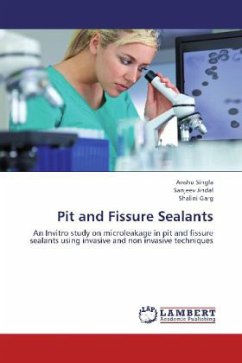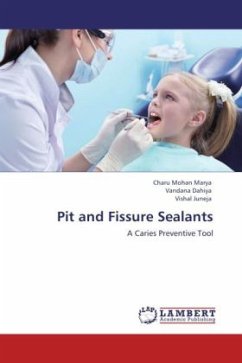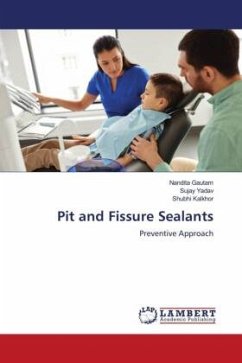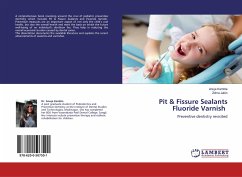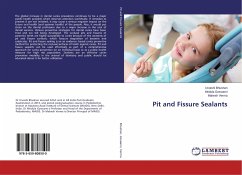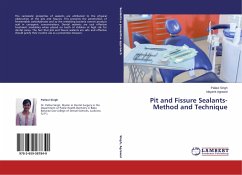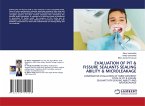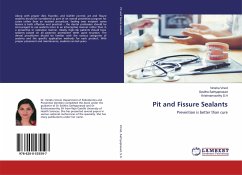Pit and fissure caries may be substantially decreased by obliteration of these developmental defects in occlusal, buccal and lingual surfaces with sealants.The clinical efficacy of fissure sealants is directly related to their retention which depends on morphology of pit and fissures, adequate isolation, material characteristics, application techniques. Not much work has been done on evaluation of the invasive and non-invasive techniques in the manner they affect the microleakage of sealants. Also with the introduction of new fissure sealant materials, it is necessary to re-examine the physical characteristics and technique of fissure sealants. In vitro studies make it possible to assess marginal leakage and predict marginal sealing ability of different materials used as pit and fissure sealants. Therefore, the purpose of this study was to evaluate in vitro the microleakage of two fluoride releasing materials. The first being Resin modified glass ionomer (FUJI II LC) and the second being the flowable polyacid modified composite resin or Flowable compomer (Dyract Flow,Dentsply), with and without tooth preparation(Invasive and Non-invasive technique).
Bitte wählen Sie Ihr Anliegen aus.
Rechnungen
Retourenschein anfordern
Bestellstatus
Storno

